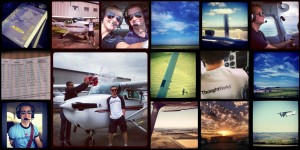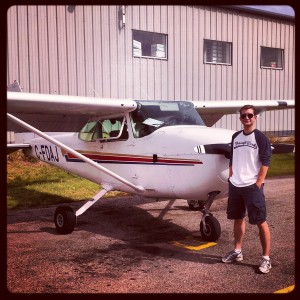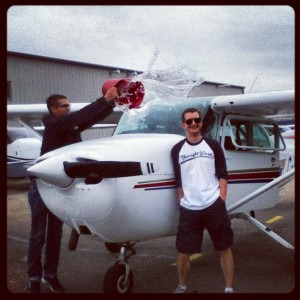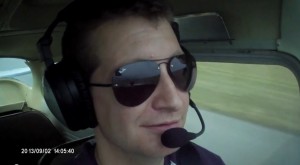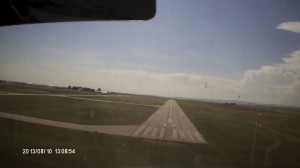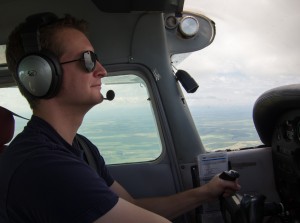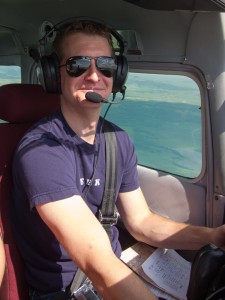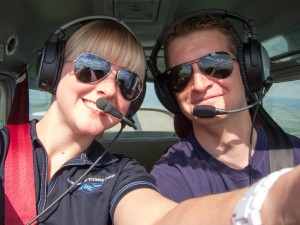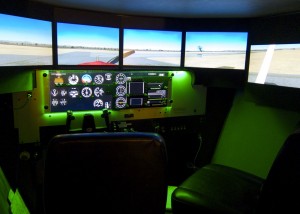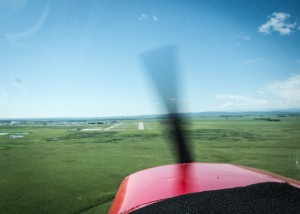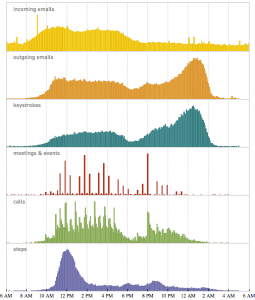Private Pilot Mason
I’m very excited to report that I passed my Private Pilot flight test this weekend! I’m not quite a licensed pilot yet—I still have to do a long cross country flight with an instructor, and then the same flight on my own. This mostly involves not getting lost, though, so it’s more about getting it done than anything else. The flight test is definitely the hard part.
I didn’t ace the test, no pilot prodigy here. In fact I “partialled” the exam by failing one of the exercises. In “slow flight” you deliberately fly the plane at its minimum controllable speed, just above the stall. It’s a great exercise because every time you land you’re doing the same thing. You fly slow, add power, and avoid stalling. Except in my exam, and for the first time ever, I stalled it. That’s an automatic fail. It was really odd, it was quite near the beginning of the test, and somehow it took the pressure off. I passed everything else—including making the field in the dreaded engine-failure forced approach—and when we got back my instructor (and everyone else) was really confused. “He stalled it in slow flight?!?”
Fortunately if you mess up on only one or two exercises you can do a partial re-ride and test just those (although if you fly like crap you can fail on things you had previously passed). So I went back up with my instructor for literally 15 minutes, got permission from Calgary Terminal to do the exercise in controlled airspace, landed, and went and did it again with the examiner. Passed!
The final week preparing for this was unfortunately less fun than the other flying. Everyone at home got sick including me, and I was honestly just barely holding it all together until the flight test. Now that it’s over I feel a huge relief, a sense of accomplishment, and no small amount of sadness. This summer has been a dream come true. I’ve been flying nearly every day, working hard but enjoying it immensely, and now it’s over. In reality this is the start of my flying career but it’s also coming up to the end of my sabbatical and back to “real life.” In a lot of ways I’m sad to go back to reality.
I owe a debt to several people for making this happen. Firstly to my wife Michelle for putting up with the kids while I cavorted around in a dinky little plane for the summer. To the kids, for putting up with Daddy spending all his time flying. To ThoughtWorks, whose ten year sabbatical program gave me the time to actually do this. To Sid Pinney for his encouragement and pilot advice. And finally to Carley, a great instructor who demanded high standards and who is one of my new aviation friends. I couldn’t have done it without all of your help. Thank you.
mike on September 30th 2013 in Flying
